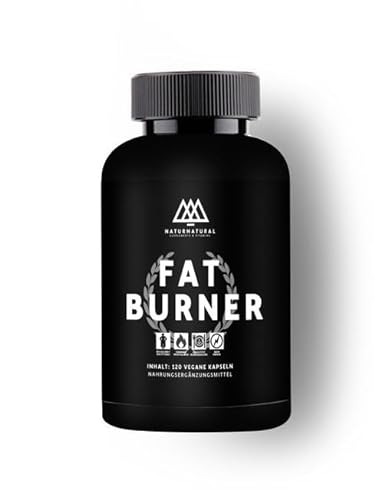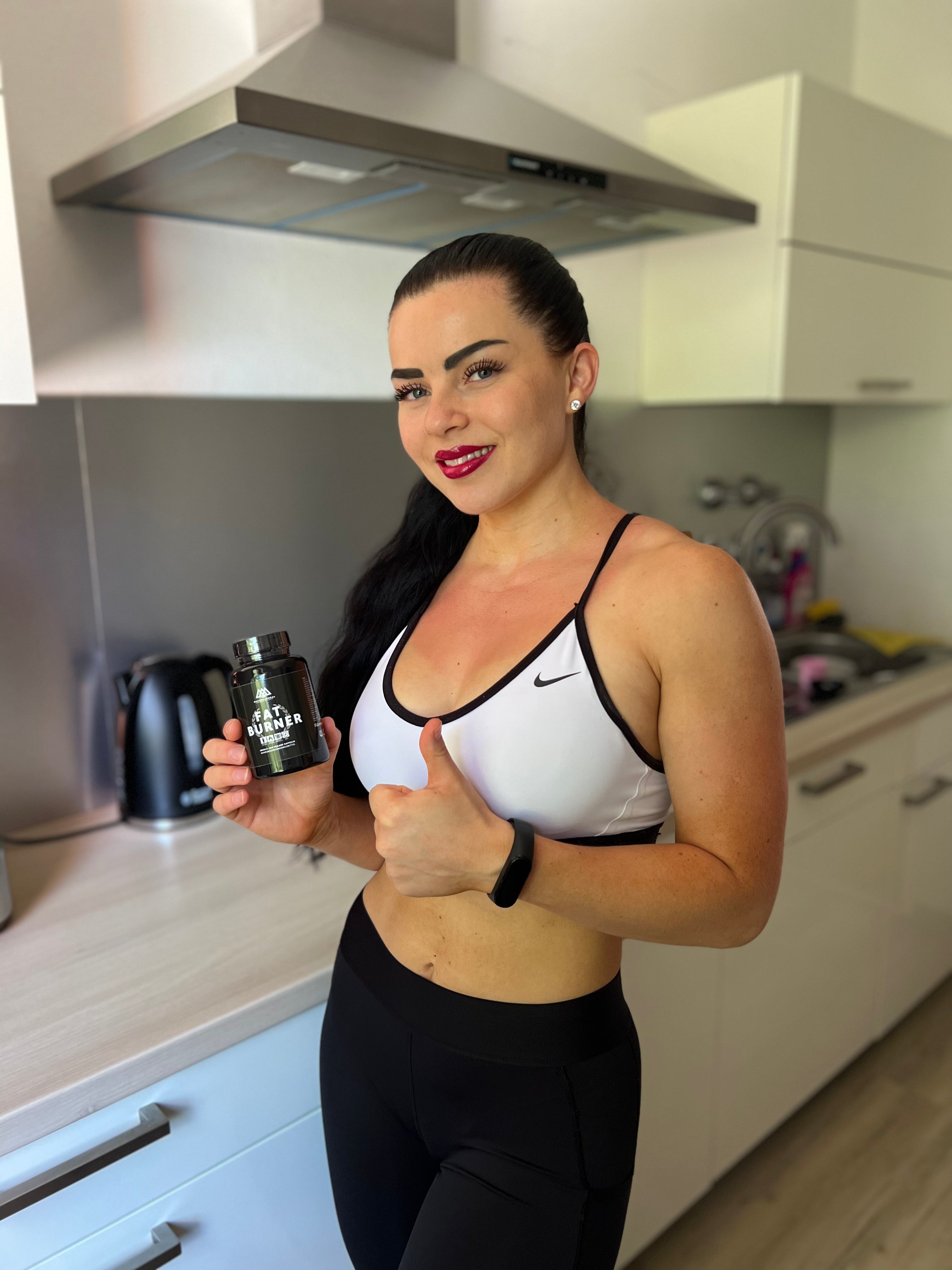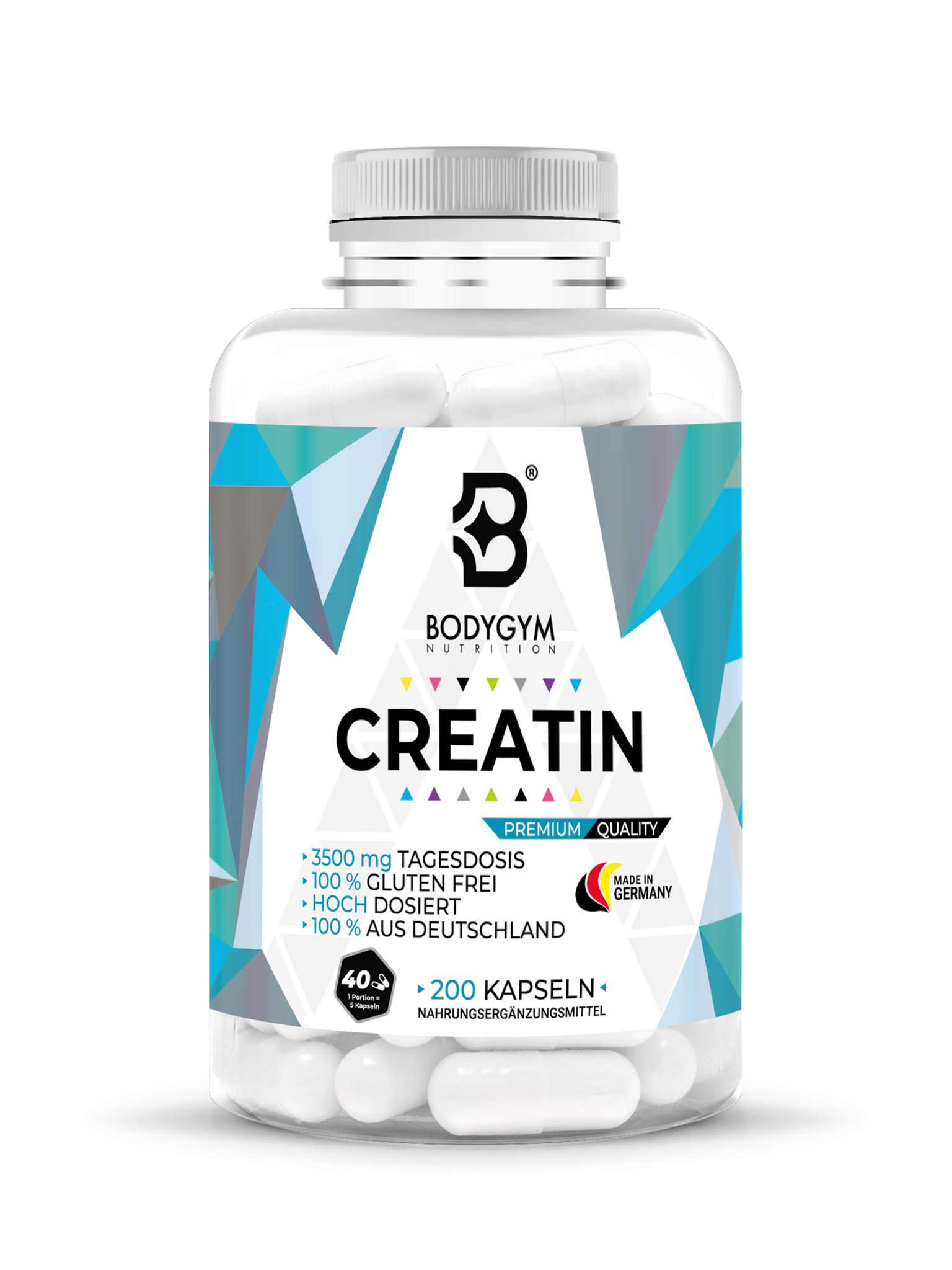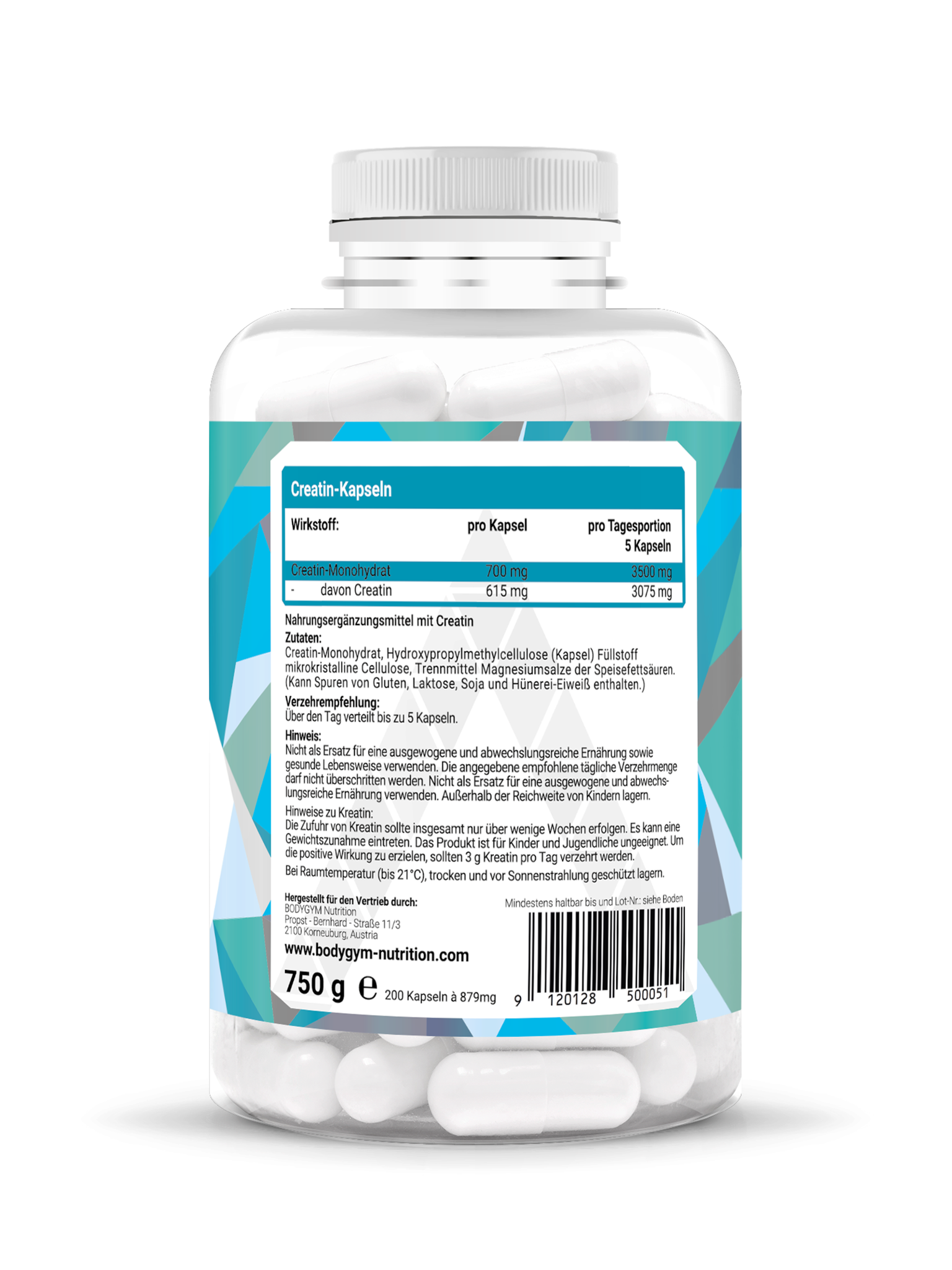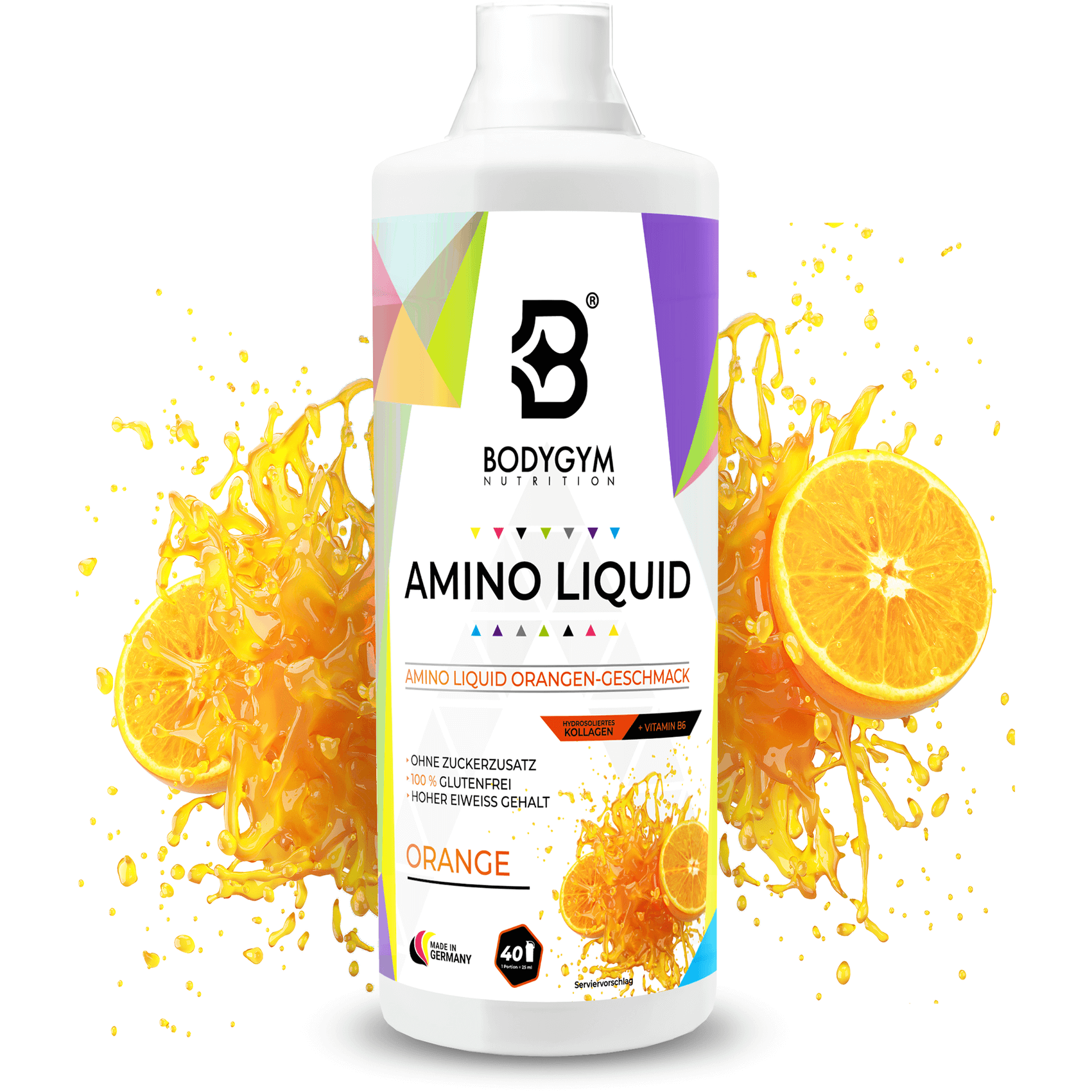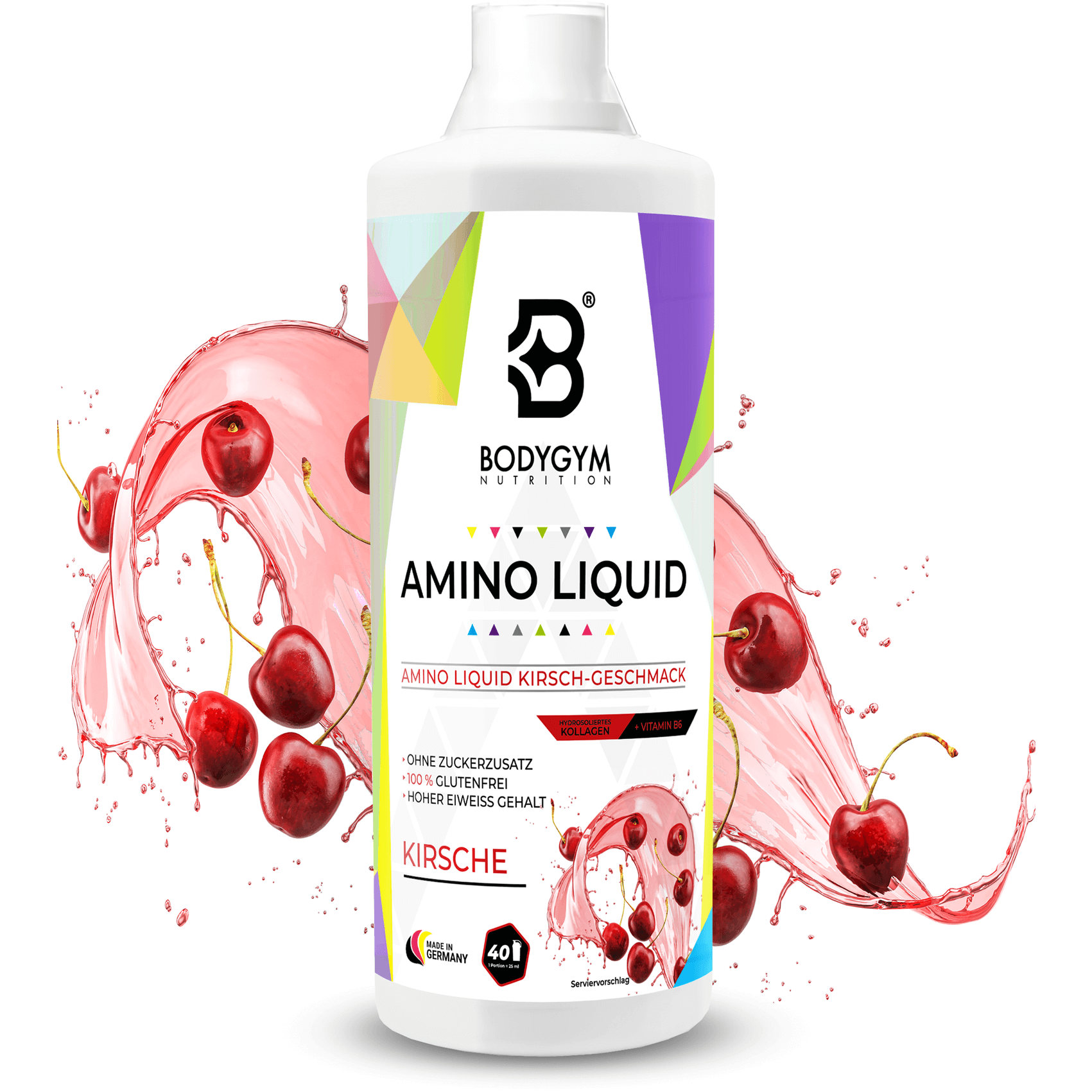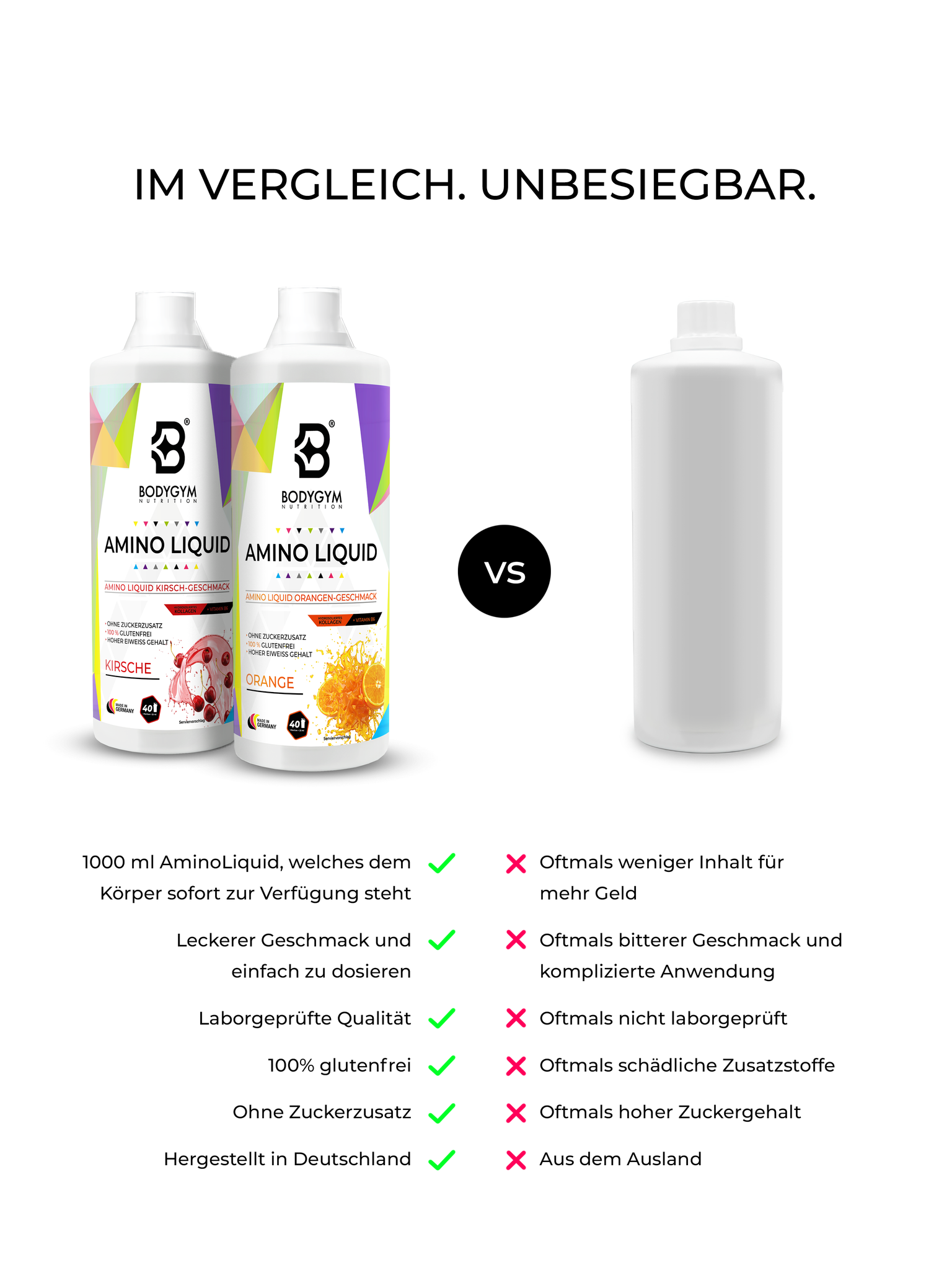What is protein?
What are whey proteins suitable for?
Protein, also known as proteins, are important building blocks in the body. They are made up of different small parts called amino acids that join together to form chains. These chains are essential for the body. In fact, they make up around1 5 percent of the body mass and take on a variety of biochemical functions: as building material for muscles, hair, nails or enzymes.
Primarily, whey proteins are ideal for quick protein intake after demanding training sessions. The microtraumas in the muscle fibers are repaired quickly and the regeneration phase in muscle building begins immediately. Due to the high biological value of whey proteins, you also combat catabolism, i.e. the breakdown of muscle mass. Getting enough protein is essential for maintaining muscle mass and is easy to achieve with whey proteins. In addition, whey protein shakes make diet phases much easier because they counteract hunger and fill you up over the course of a day. Losing weight is also supported because whey proteins contain hardly any carbohydrates or fats. Another advantage of whey proteins is that they are easy to digest, provided there are no intolerances. Last but not least, whey proteins are rich in branched-chain amino acids leucine, iso-leucine and valine as well as glutamine.
The ideal time to take whey proteins
Because whey protein is quickly absorbed and processed by the body and also has a high biological value has, it is primarily ideal for taking directly after intensive training sessions. In this way, the strained muscle quickly draws the necessary building blocks from the whey protein and then supplies the fine tears in the muscle fibers. Some athletes also consume whey proteins during training because, despite the rapid absorption, it can take up to forty minutes for the amino acids to be detectable in their blood. However, since the anabolic window - the optimal time for protein to have the best effect after training - lasts up to sixty minutes, whey protein is usually taken as a post-workout shake. Whey protein is also often used to provide enough protein on non-training days. Especially in the morning after the body has hardly received any protein while sleeping, a whey protein works wonders - a whey in the morning drives away grief and worries.
The correct dosage and intake of whey protein
If you want to make the most of the effect of whey protein, you should consume the whey protein either with water or at least with low-fat milk . Too much fat can unnecessarily delay the body's protein absorption and thus reduce one of the most important benefits of whey protein. How much whey protein you should consume per serving depends on your age, body weight, gender and muscle mass percentage. Depending on the situation, you should consume between twenty and forty grams of whey. However, keep in mind that you should consume no more than 1.5 - 2.2 g of protein per kilo of body weight every day if you are an active athlete and no more than 1 - 1.5 g of protein per kilo of body weight if you are less active . People who are hardly active or overweight should not consume more than 0.8 g of protein per kilogram of body weight - people who are very overweight in particular should reduce the above-mentioned intake again and, for example, align it with their target weight. In addition, everyone consumes additional proteins through their diet. These are also part of your daily protein requirement and should not be ignored when calculating.
The three types of whey proteins
Although whey protein has a high biological value, there are still different quality classes. Depending on the processing steps and filtration processes, there are three types of whey proteins that differ in quality. All variants are high-quality protein.
Whey Protein Concentrate
WPC or WPC 80 is the simplest form of whey protein. Whey protein concentrates are freed from most of the fats and carbohydrates through a simple filtering process, although a small amount is still retained. The protein content of whey concentrates is between 75 and 80%. However, you should pay attention to the fact that this type of whey protein contains lactose and is therefore not as easy to digest as other whey proteins.
Whey Protein Isolate
Through additional steps in processing and microfiltration (CFM), the protein concentration of whey proteins increases to 90 - 95%. This form of whey protein is called Whey Protein Isolate, WPI or WPI 90. Whey isolates have hardly any remaining carbohydrates and fats and are therefore also suitable for athletes with lactose intolerance. Due to the more complex production process, whey protein isolates are also more expensive than concentrates.
In addition, there are whey proteins such as, which are a mixture of the first two types. For example, the well-known ESN Designer Whey consists of 20% isolate and 80% concentrate.
Whey protein hydrolyzate
If that's not enough for you, you should treat yourself to a whey protein hydrolysate. Numerous enzymes and acids are used in WPH to pre-digest the long protein chains. This leads to quick and easier absorption on the stomach. In addition, allergens are almost completely removed through extensive filtering processes and additional processing steps. The protein content in whey hydrolysates is a touch higher than in isolates and the proportion of fats and carbohydrates is practically non-existent. The extensive administration makes whey hydrolyzate taste bitter and sour. In terms of price, it is once again higher than the whey isolates.
The benefits of whey proteins at a glance
- High biological value
- Is quickly absorbed by the body
- Top amino acid profile
- Hardly any allergens (depending on the type)
- Make dieting phases easier
The disadvantages of whey proteins at a glance
- More expensive than other types of protein
- Supply muscles with proteins only for a short time

